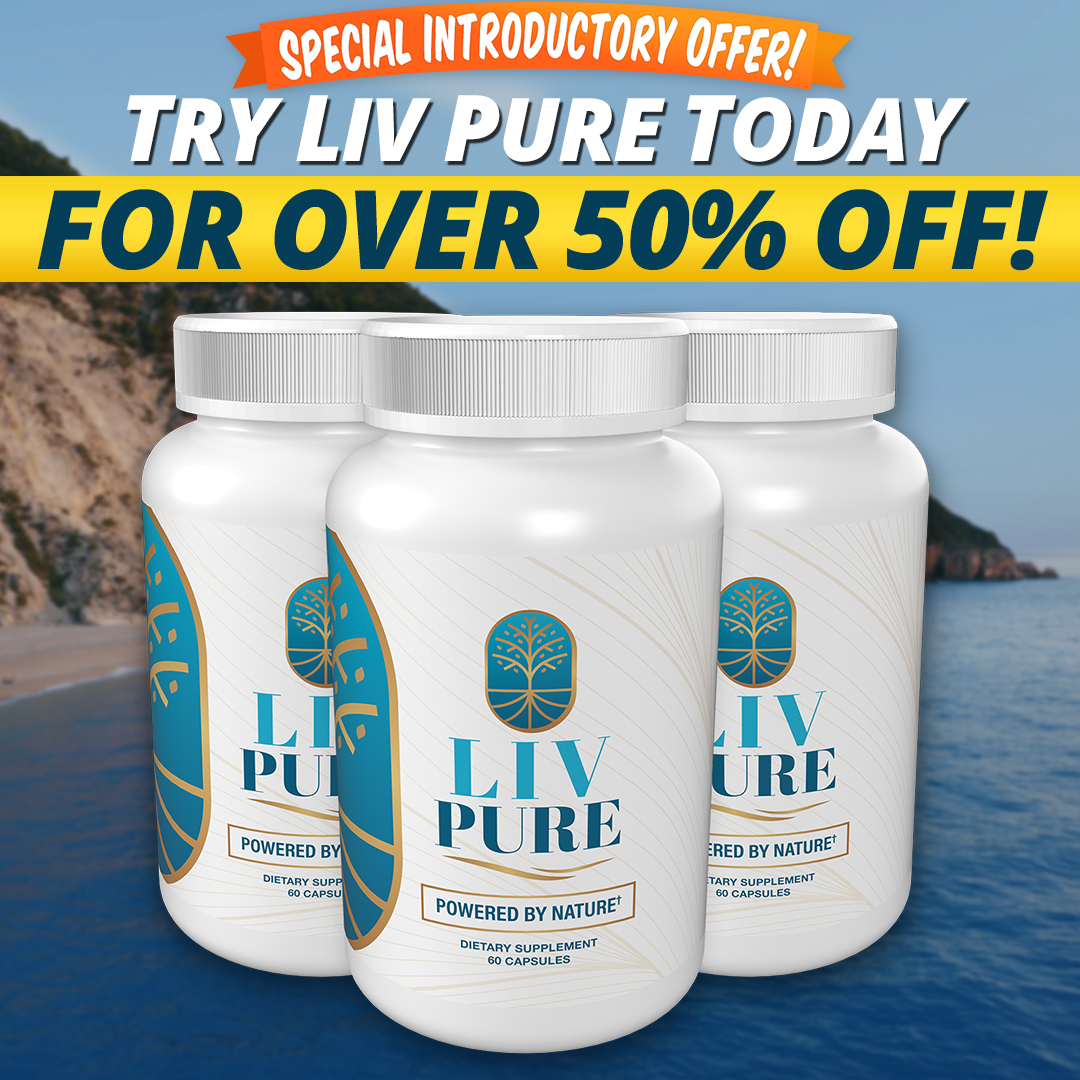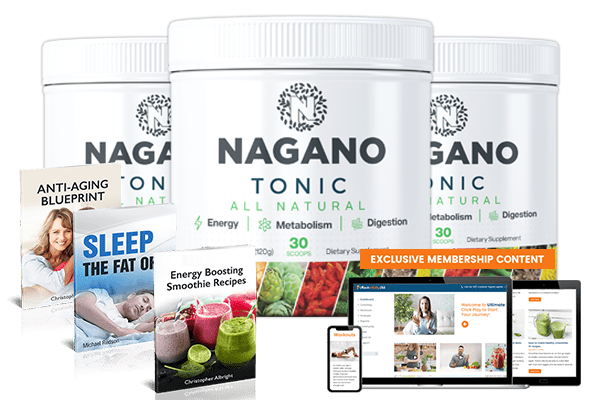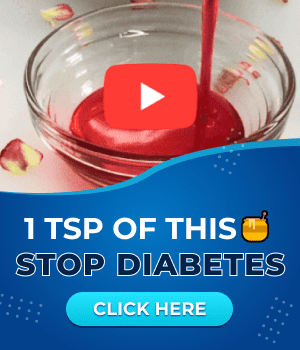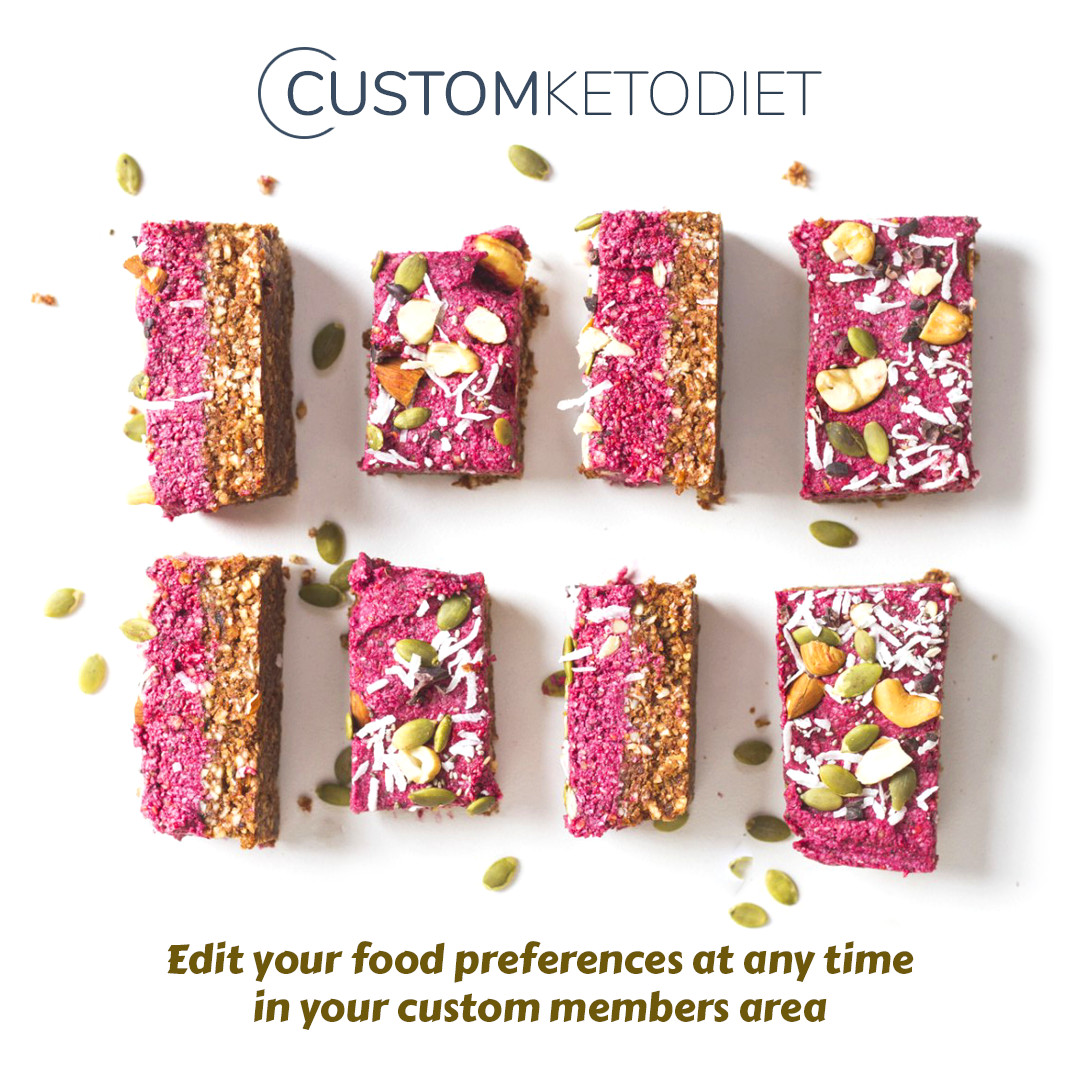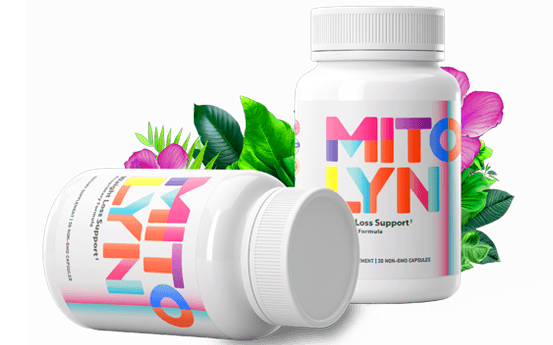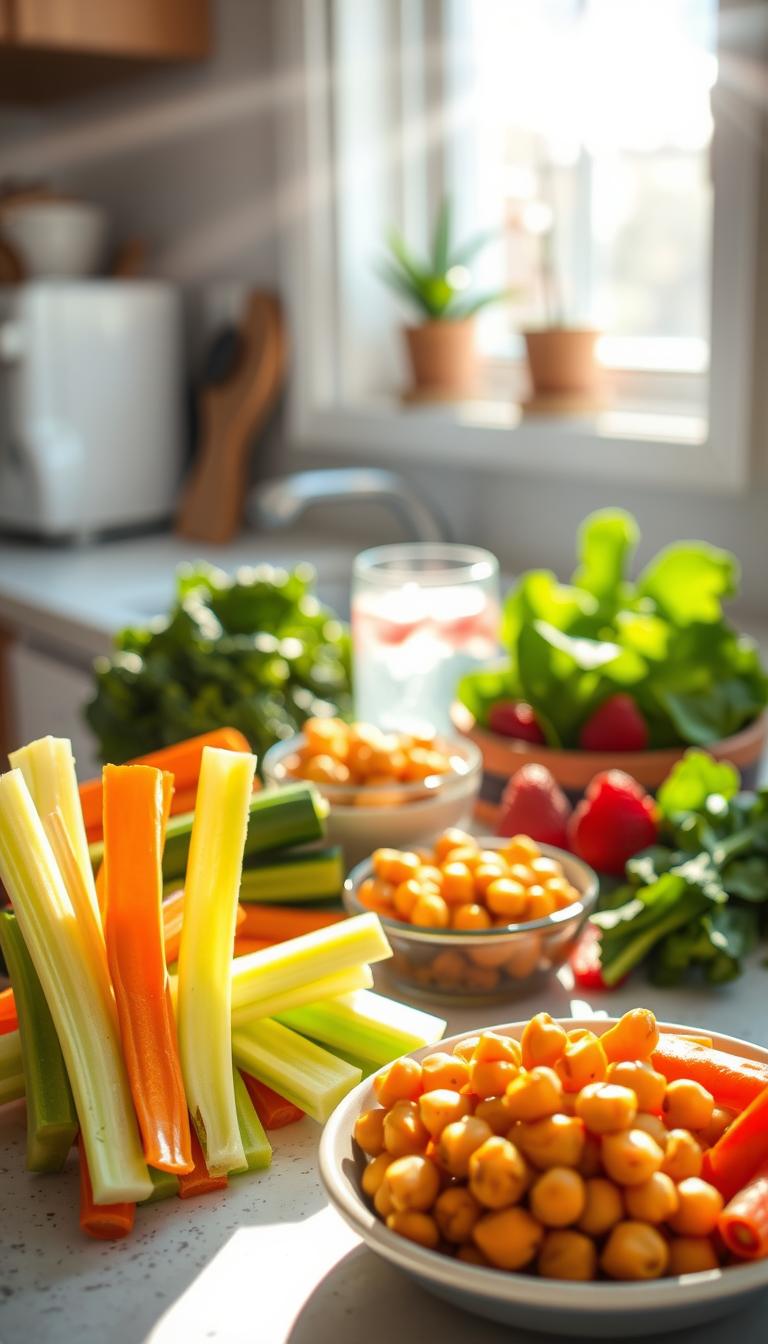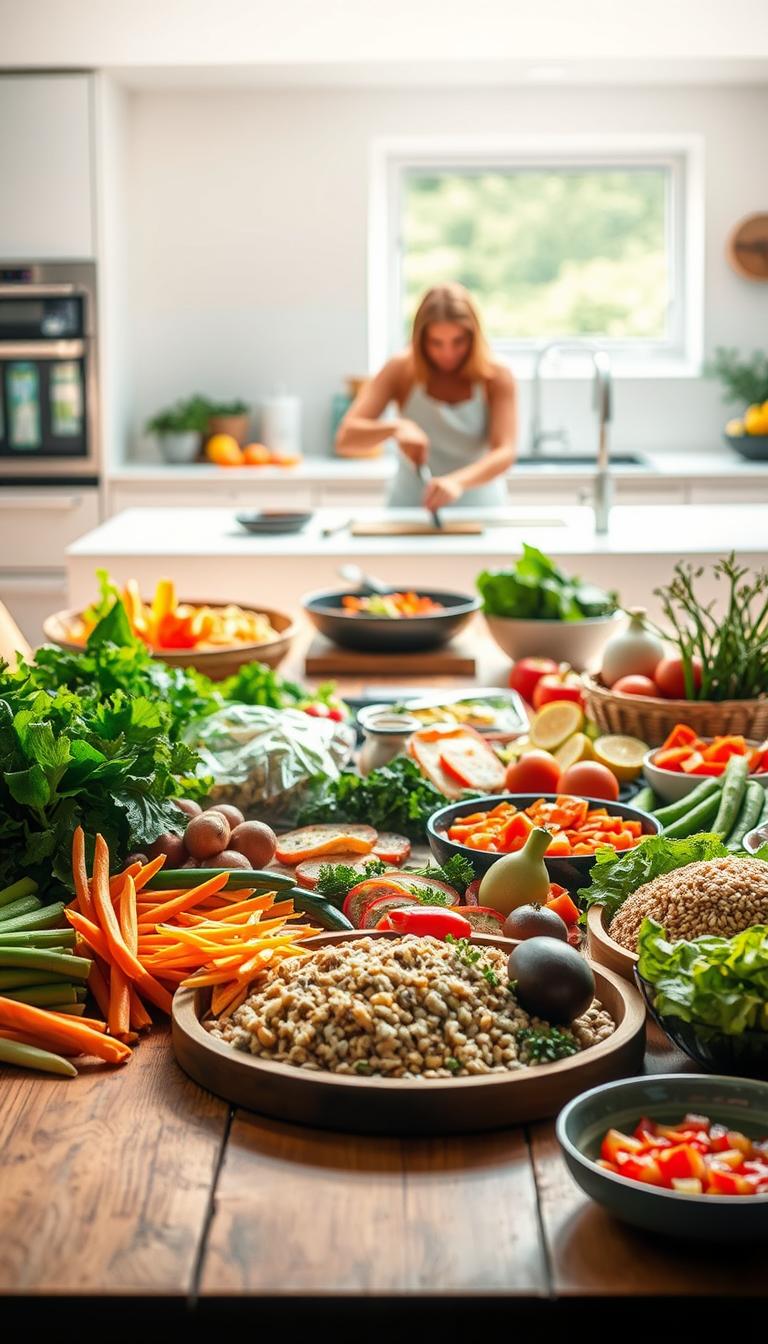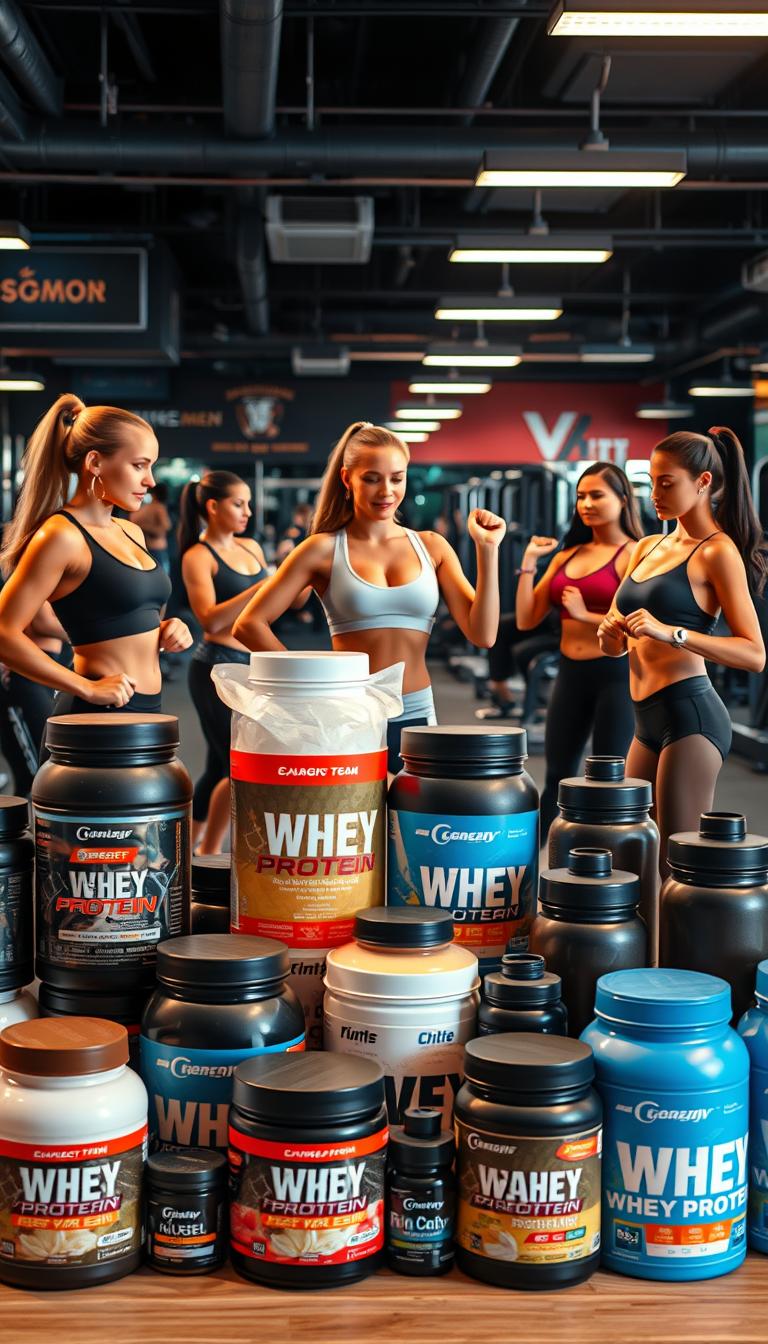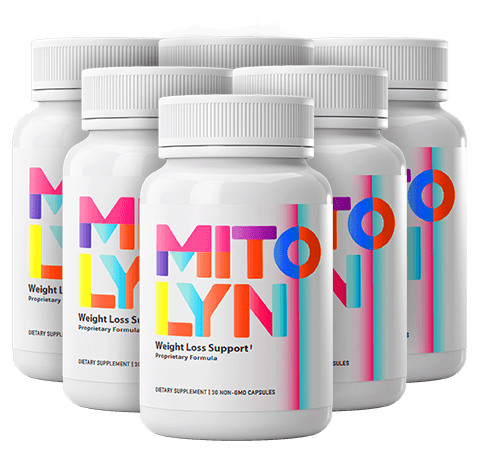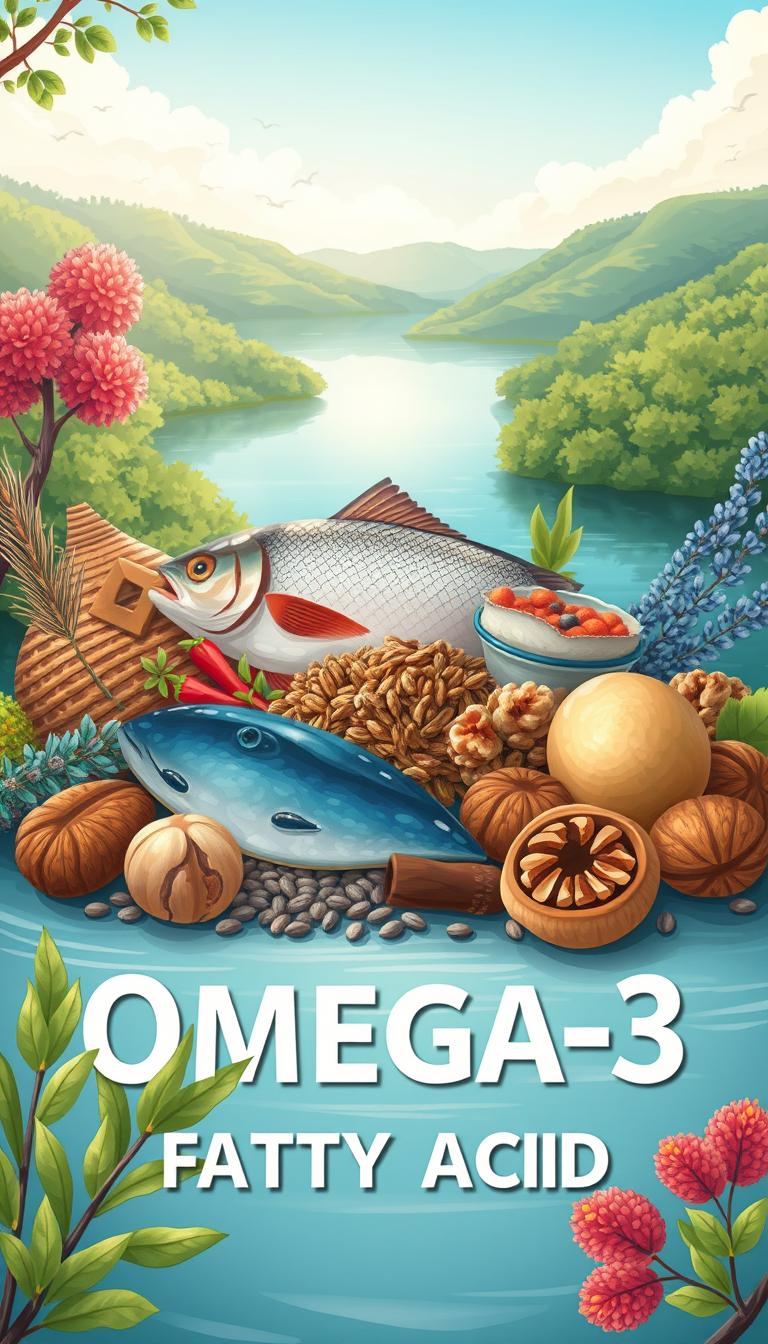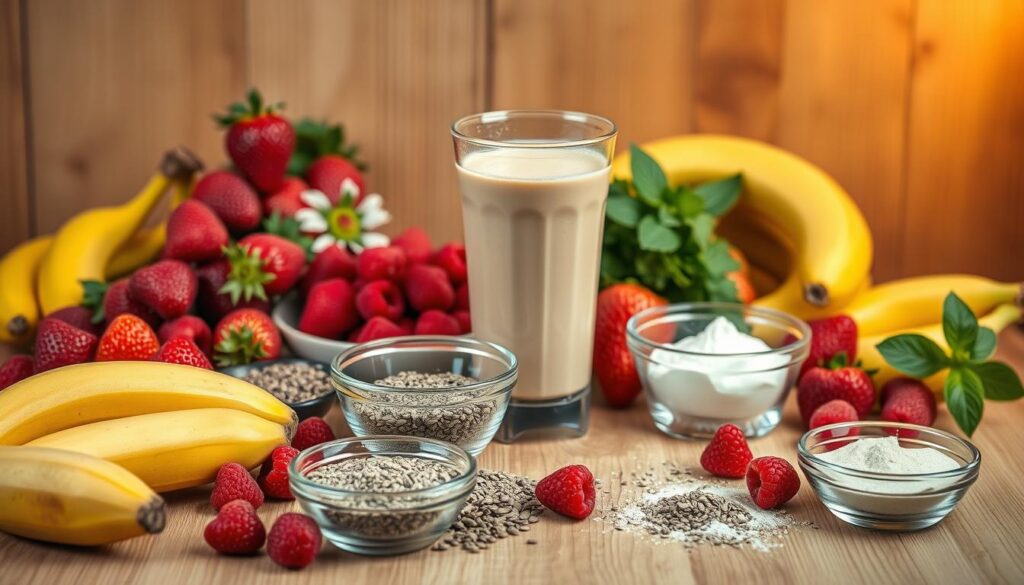
It’s 7 a.m. and you’re rushing to start your day. Imagine having breakfast ready in 5 minutes. It tastes like dessert and has 15–59 grams of protein. High protein smoothies are not just for athletes. They give you energy, support muscles, and taste great.
Picture drinking a Mango-Almond Smoothie Bowl with 15+ grams of protein. Or, have a Creamy Berry Smoothie after working out. These smoothies are more than drinks. They are customizable powerhouses. Try the 59-gram Chocolate Peanut Butter Shake or the anti-inflammatory Cherry-Spinach blend. You’ll fuel your body without losing flavor.
Key Takeaways
- High protein smoothies can deliver 15–59 grams of protein per serving, meeting daily muscle goals.
- Options like almond butter (7g protein) and red lentils add plant-based protein for vegans.
- Ingredients like kefir boost gut health, while flaxseeds add omega-3s for brain and heart support.
- Quick recipes like the Blackberry Smoothie take under 5 minutes, making mornings stress-free.
- Protein needs vary—185 lbs = 185g protein daily—smoothies blends help hit targets without guesswork.
What Are High Protein Smoothies and Why They Matter
High protein smoothies and shakes are drinks full of nutrients. They help increase your protein intake. These drinks mix protein powders, fruits, veggies, and healthy fats.
They fuel your body well. Their benefits include muscle repair and helping with weight goals. This makes them a great choice for any diet.
The Science Behind Protein and Your Body
Protein helps build and repair muscles. It also supports your metabolism and keeps you full longer. Your body uses amino acids from protein to get stronger.
A 2020 review showed that high-protein diets can help burn more calories. This boosts your energy expenditure. For those who are active, protein helps recover after working out. This makes these drinks very important.
Shakes vs. Smoothies: What’s the Difference?
Protein shakes use powders like FITAID® or Gladiator® for a quick protein boost. Smoothies mix powders with whole foods like spinach or berries. This adds fiber and vitamins.
For example, Sunwarrior’s plant-based blend has 6g protein and nutrients. This makes smoothies a complete meal option.
Your Daily Protein Needs Explained
- Active adults: Aim for 1g protein per pound of body weight daily.
- Sedentary lifestyles: 0.4-0.6g per pound is often enough.
- Athletes: Higher needs for muscle growth and recovery.
A 2024 study found that high protein shakes and smoothies can help reduce waistlines. They also improve blood sugar levels. Adjust your intake based on your goals—whether bulking, weight loss, or maintenance.
The Remarkable Benefits of Adding High Protein Smoothies to Your Diet
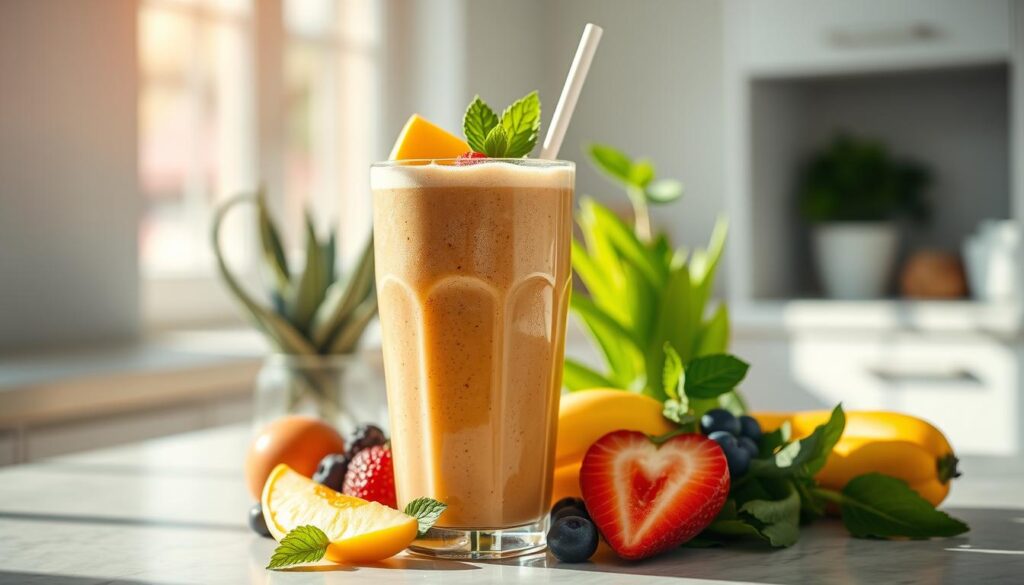
Healthy high protein smoothies are more than a drink. They are full of nutrients. Each one has amino acids for muscle repair, fiber for energy, and vitamins to start your day. With 23% of your daily protein and 27% fiber in just 325ml, they keep you full without being heavy. Here’s how they change your day:
- Muscle Recovery: Post-workout, protein fixes tissues, helping your fitness goals.
- Weight Control: High protein slows digestion, cutting down snack cravings.
- Convenience: Ready in minutes, great for busy mornings or after the gym.
- Energy Balance: Keeps blood sugar steady, avoiding midday drops.
Science shows taste matters too. Sensory tests found these smoothies taste great and feel good:
| Attribute | Average Score (Scale 1-10) |
|---|---|
| Color/Appearance | 7.5–8.5 |
| Flavor | 5.86–7.10 |
| Consistency | 6.13–7.30 |
| Sweetness | 6.70–7.50 |
| Overall Acceptability | 6.52–7.61 |
Whether you’re lifting weights, chasing kids, or trying to eat better, these blends fit your life. Mixing soy protein isolate with fiber-rich ingredients like oats or chia seeds boosts nutrient absorption. Plus, their 1.8% soy protein isolate and 0.5% pectin make them creamy without added sugars. With these stats, it’s clear why benefits of high protein smoothies are a top pick for those who are busy and health-focused.
Essential Ingredients That Make the Perfect Protein-Packed Smoothie
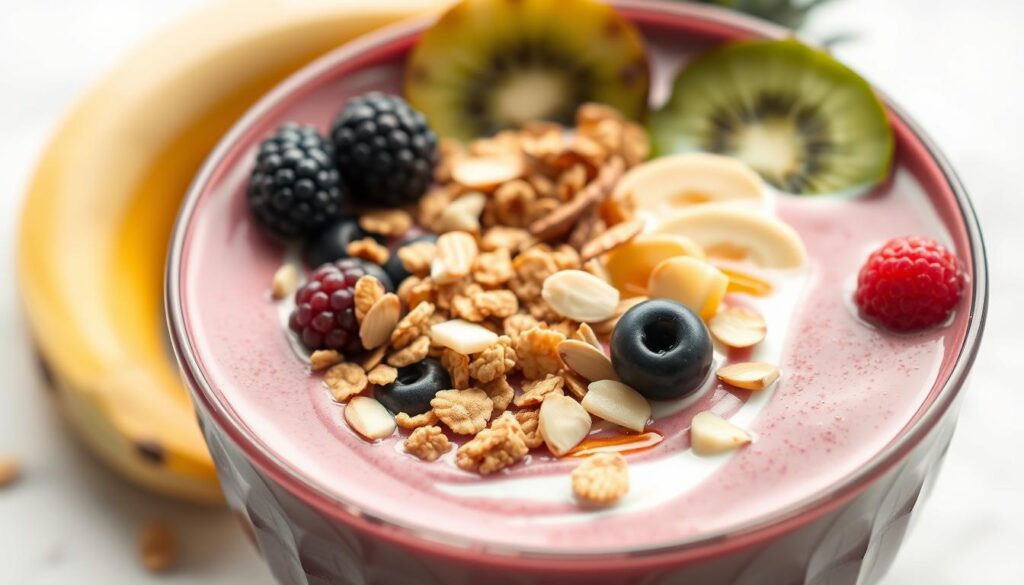
Making a protein-packed smoothie starts with the right ingredients. We’ll look at what you need for nutrition and taste. Follow these tips to make high protein smoothies that meet your body’s needs.
Top Protein Sources for Smoothies
- Greek yogurt has 18-20g protein per cup. Choose plain to avoid added sugars.
- Cottage cheese has 25g protein per cup, great for creamy smoothies.
- Try silken tofu (8.1g protein per 3 oz) or whey protein isolate (25g per scoop).
- Add chia seeds (2g protein per tbsp) or hemp seeds (10g per 3 tbsp) for plant-based options.
Fruits That Complement Protein Blends
Bananas, mangoes, and pineapple add sweetness without too much sugar. Berries like strawberries (1g per cup) or raspberries (1g per cup) boost antioxidants and keep calories low.
Vegetables to Sneak Into Your Smoothies
- Spinach (3g protein per cup) blends well without changing taste.
- Zucchini or cucumber add moisture without strong flavors.
- Stealthy options like steamed cauliflower or roasted sweet potato enhance creaminess.
Healthy Fats and Fiber Add-Ins
Avocado (3g protein, 3g fiber per 1/4 avocado) or almond butter (6.7g protein per 2 tbsp) keep you full. Oats (10.7g protein per cup) or quinoa (6g protein per 1/4 cup) add fiber and texture.
10 Delicious High Protein Smoothie Recipes to Try Today
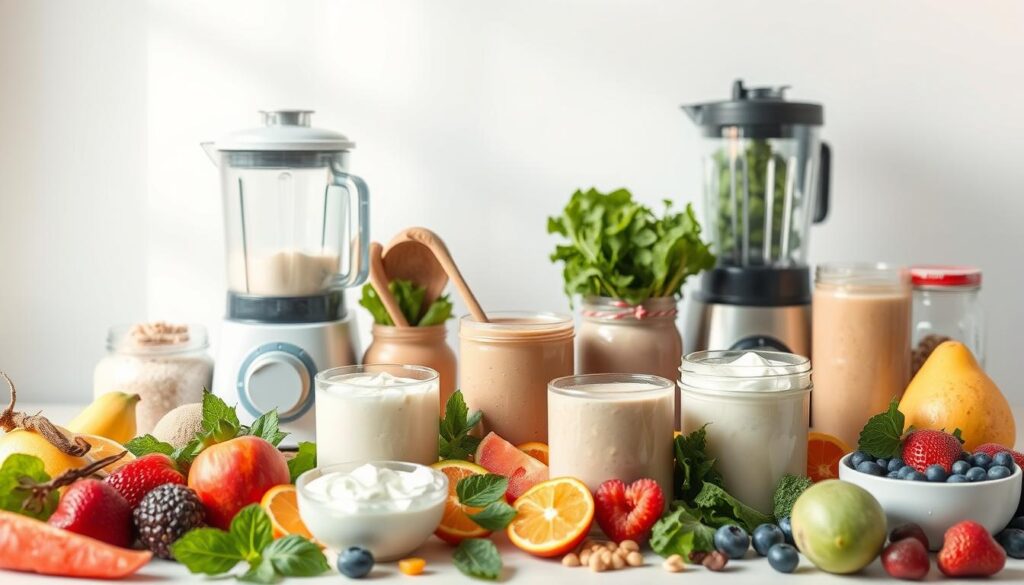
Make your smoothies better with these best high protein smoothie recipes. They give you energy in the morning and help you recover after working out. These delicious protein smoothie options use real ingredients and are good for you. Here are 10 smoothies you should try:
Breakfast Replacement Smoothies
Start your day with these filling smoothies:
- Peanut Butter Banana Power Start: Blend frozen banana, 1 scoop Optimum Nutrition protein powder (24g protein), 15g from Oikos yogurt). Add spinach and almond butter for 28g total protein.
- Apple Pie Protein Breakfast: Mix applesauce, protein powder, cinnamon, and chia seeds. 22g protein, 300 calories, with natural sweetness.
Post-Workout Recovery Blends
Help your muscles recover with these mixes:
- Cherry Chocolate Recovery: Tart cherries + dark cocoa powder + 1 scoop protein. 22g protein, 325 calories.
- Tropical Protein Replenisher: Mango, coconut water, and whey protein. 18g protein, 266 calories.
Weight Management Smoothie Options
Control your hunger with these balanced blends:
- Green Goddess: Spinach, avocado, almond milk, and protein powder. 18g protein, 225 calories, 10g fiber.
- Berry Metabolic Boost: Mixed berries, flaxseeds, and Greek yogurt. 20g protein, 280 calories, 16g fiber.
Seasonal Specialty Protein Smoothies
Enjoy flavors all year with these seasonal smoothies:
- Pumpkin Spice Protein: Pumpkin puree, cinnamon, and vanilla protein. 24g protein, 307 calories.
- Watermelon Refresh: Fresh watermelon, lime, and protein powder. 17g protein, 180 calories.
Adjust the amounts to fit your needs! Try these best high protein smoothie recipes as they are or add your favorite ingredients.
How to Create Your Own Custom High Protein Smoothies
Learning easy high protein smoothie recipes is simple. Just mix a protein base, liquid, fruits/veggies, and healthy fats. Start with a protein source like EXALT’s whey or vegan powders (20g protein per scoop), Greek yogurt, or cottage cheese. Then, add a liquid base like dairy or plant-based milk, or water.
Next, add frozen fruit for thickness. Blend in greens like spinach or kale for fiber and nutrients. Finally, top with chia seeds or almond butter for healthy fats.
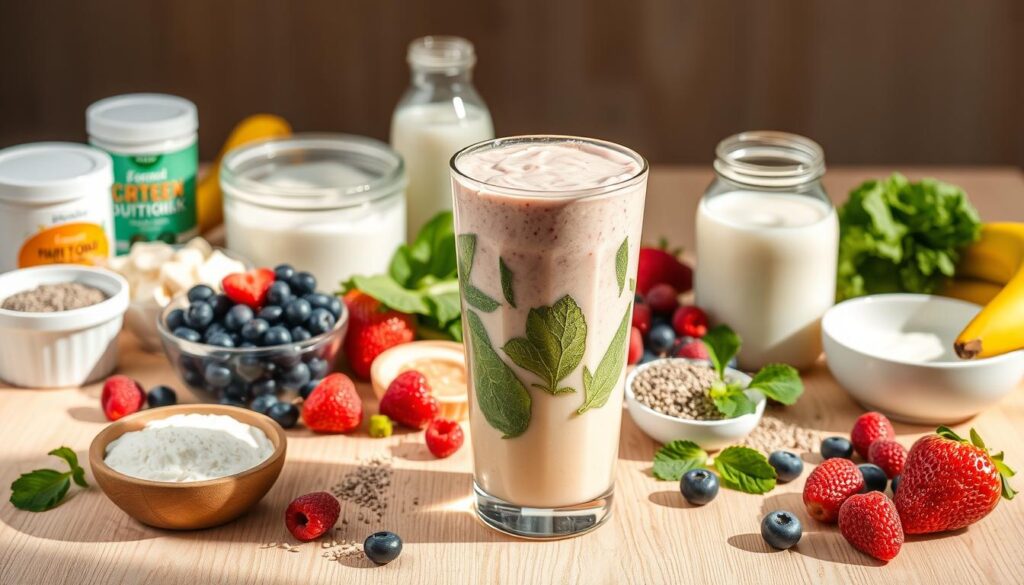
Try different flavor combinations. Vanilla protein powder goes well with berries, and cocoa blends with banana. Use the chart below to track protein content:
- Protein: 1 scoop powder, ½ cup Greek yogurt, or ¼ cup nuts
- Fruits: ½ cup frozen mango or 1 banana
- Fats: 1 tbsp almond butter or 1 tbsp flaxseeds
Adjust the smoothie’s texture by adding ice for thickness or extra liquid for smoothness. Need ideas? Mix EXALT vanilla powder with spinach, frozen pineapple, and almond milk. Remember, how to make high protein smoothies is about finding the right mix of taste and nutrition.
Swap ingredients to change the flavor. Try oat milk for creaminess or add oats for extra fiber. With these tips, you can make smoothies that meet your fitness goals.
Common Mistakes to Avoid When Making Protein-Rich Blends
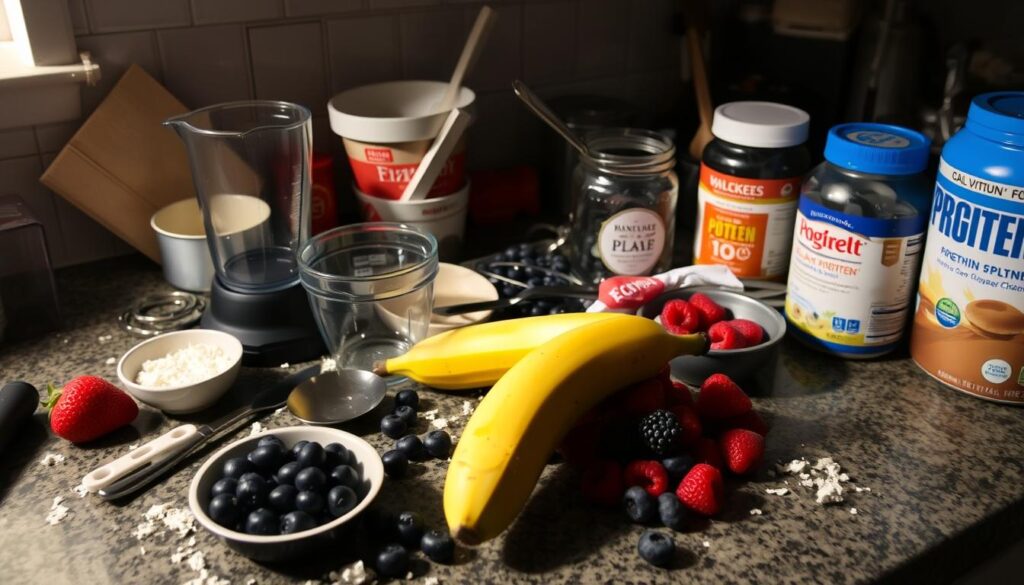
Mastering high protein smoothies means avoiding simple oversights. These errors can turn a healthy drink into something bland, gritty, or overly sweet. Here’s how to sidestep the most frequent pitfalls.
Balancing Flavor and Nutrition
Don’t let protein powder overpower your drink’s taste. Start with small amounts—like ½ scoop—and adjust gradually. Delicious protein smoothie options rely on balance. Try these tricks:
- Add a pinch of salt to lift flavors without saltiness
- Use vanilla extract or cinnamon to enhance sweetness naturally
- Pair earthy protein powders with tart fruits like mango or pineapple
“A store needs to make their smoothies taste good, not necessarily be healthy.” – Largeman-Roth
Texture Troubles and How to Fix Them
Fix gritty blends with these steps:
- Add liquids first to dissolve powders
- Freeze bananas instead of using ice for creaminess
- Blend greens like spinach with frozen fruit to mask texture
| Issue | Solution |
|---|---|
| Separation | Use ½ cup liquid and pulse gradually |
| Foamy top layer | Add a teaspoon of chia seeds mid-blend |
Avoiding Sugar Pitfalls
Store-bought versions often pack 30+g sugar per serving. Opt for homemade blends using plain Greek yogurt (5g sugar) instead of flavored varieties. Use this guide:
| Ingredient | Homemade | Store-Bought |
|---|---|---|
| Sugar (g) | 10-15 | 25-40 |
| Protein (g) | 25-30 | 20-25 |
Stick to natural sweeteners like dates or stevia. A Baylor University study found proper protein combinations (like whey + casein) boost muscle gains—so focus on quality ingredients over sugary shortcuts.
Equipment and Tools for Crafting the Perfect Smooth Texture
Choosing the right tools makes your high protein shakes creamy every time. Let’s look at what you need to make it easy.
Blender Comparisons for Smoothie Enthusiasts
Not all blenders are the same. Some work better with protein powders and frozen fruit. Here’s what’s best:
- Ninja BN401 Nutri-Blender Pro: 1,100 watts crush ice and protein fast. It’s compact and under $80 (20% off)!
- NutriBullet Pro 900W: 6-prong blades blend greens into nothing. Ready in 40 seconds—great for protein-packed smoothie ideas on the go.
- Vitamix 5200: A strong 1,800 watts for thick shakes. It comes with a 7-year warranty for long use.

Must-Have Accessories for Smoothie Preparation
Make your smoothie routine better with these smart choices:
- Silicone ice cube trays: Freeze bananas and spinach for quick smoothies.
- Measuring cups: Get exact with protein powder amounts.
- Reusable straws: Drink your high protein shakes anywhere.
“A good blender is like a magic wand—turns kale into silk.” – KitchenAid® test users
Choose a mid-range blender (500–1,200 watts) for daily ice and protein use. Budget-friendly options like the Magic Bullet work for simple recipes. Look for blades that spin 20,000 RPM+ for smooth textures. And don’t forget a strong spatula to get every last bit of protein powder!
Adapting High Protein Smoothies for Special Dietary Needs
Whether you follow a vegan lifestyle or need gluten-free choices, healthy high protein smoothies can still be part of your routine. Let’s explore how to tweak recipes to fit your unique needs while keeping them delicious protein smoothie options.
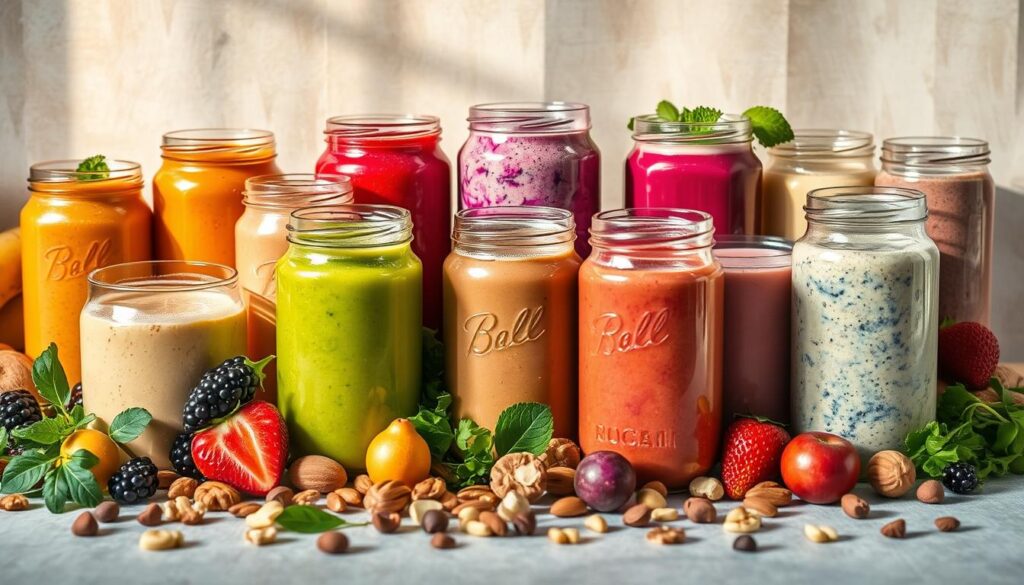
Dairy-free: Swap milk for almond milk or coconut yogurt. Silken tofu adds creaminess without dairy, boosting protein by 10g per ½ cup. Try a frozen banana, spinach, and 1 scoop pea protein blend for a creamy base.
Vegan options: Combine pea protein powder with chia seeds and flaxseed for complete amino acids. Add mango and unsweetened coconut water for a tropical twist without animal products.
Low-carb: Use avocado as a base instead of fruit. Mix avocado, almond milk, 1 tbsp almond butter, and a scoop whey protein for 25g protein and under 20g carbs.
Diabetes-friendly: Focus on fiber-rich veggies like kale or cucumber. Pair with protein powder, flaxseeds, and a small apple to slow sugar absorption.
Gluten-free: Choose certified gluten-free protein powders. Blend gluten-free oats, almond milk, and sunflower seed butter for 25g protein without gluten traces.
For added calories, mix in 1 tbsp nut butter or MCT oil. Try the Cottage Cheese Smoothie (310 calories, 11g protein) with gluten-free oats and blueberries. Always check labels for allergens and adjust sweetness with stevia or monk fruit.
When to Drink Your Protein Smoothies for Maximum Benefits
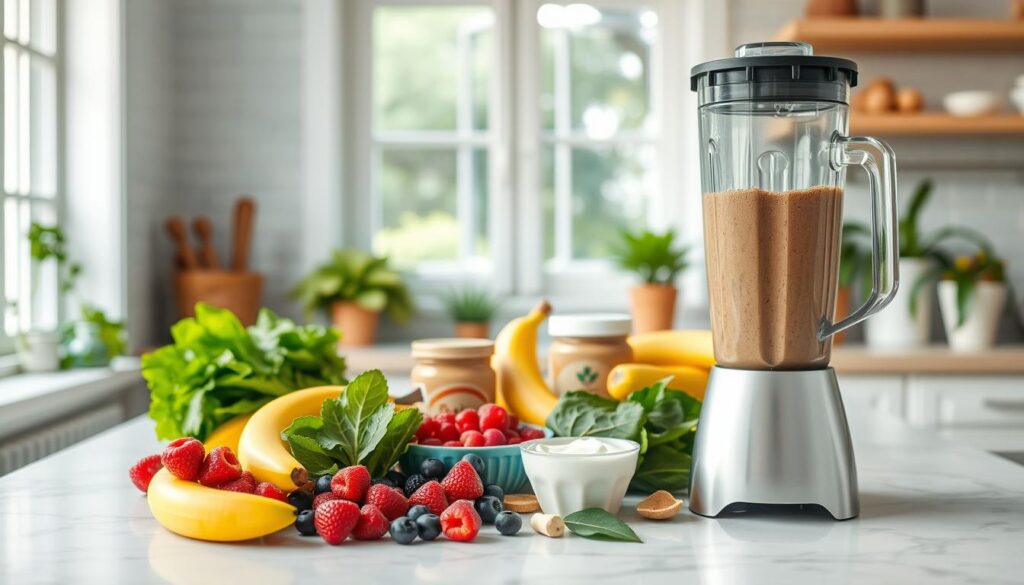
Timing is key when drinking high protein smoothies. Drinking them at the right time can boost your energy and help your body absorb nutrients better. Here’s how to make every sip count:
Morning Routines with Protein Smoothies
Begin your day with a smoothie to kickstart your metabolism and keep hunger at bay. Try the Mango-Almond Smoothie Bowl for 15g of protein to keep your blood sugar stable. Add chia seeds or oats for extra fiber to keep you energized until lunch.
Pro tip: Blend spinach or kale into your morning smoothie for a boost of nutrients.
Pre and Post-Workout Timing Strategies
Here’s how to optimize your recovery:
- Pre-Workout: Drink a light smoothie (10–15g protein) 30 minutes before working out. Banana + Greek yogurt is a great choice for quick energy.
- Post-Workout: Aim for 20–30g protein within 60 minutes after working out. Whey hydrolysate digests quickly, while casein helps with muscle repair over time.
- Sleep Recovery: Have a smoothie with casein protein before bed for overnight repair. Add almonds or pumpkin seeds for magnesium.
Smoothies as Meal Replacements: Do’s and Don’ts
Replace a meal with a smoothie only if it has:
| Must-Have Nutrients | Example Combinations |
|---|---|
| 15–20g protein | Whey + peanut butter + frozen berries |
| 5–10g fiber | Flaxseeds + spinach + almond milk |
| Healthy fats | Avocado + coconut milk + matcha |
“Spread protein intake evenly across meals for optimal muscle growth,” says the International Society of Sports Nutrition. Aim for 20–40g protein per meal.
Always pair smoothies with whole foods for fiber and micronutrients. Don’t rely only on powders—mix with veggies, nuts, and greens for balance. For weight loss, choose low-sugar recipes like our Anti-Inflammatory Cherry-Spinach Smoothie to stay full longer.
Storage Solutions: Prep Your Smoothies Ahead of Time
Batch prepping smoothies saves time and keeps taste great. Start by putting dry ingredients like chia seeds or protein powder in freezer-safe bags. Label them so you know when they were made.
Frozen fruit stays good for up to 3 months. Pre-blended smoothies can be stored in airtight containers in the fridge for 1-2 days.
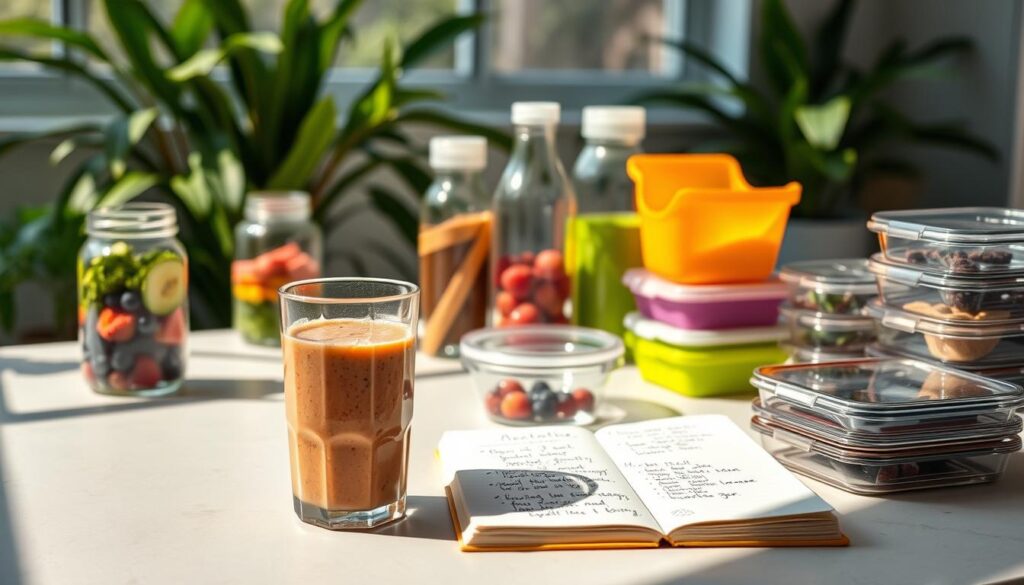
- Freeze ingredients in labeled ziplock bags for quick assembly
- Use mason jars for overnight fridge storage
- Blend batches of easy high protein smoothie recipes weekly
| Storage Type | Duration | Pro Tips |
|---|---|---|
| Freezer Packs | Up to 3 months | Layer ingredients in stackable containers |
| Pre-Made Smoothies | 1-2 days refrigerated | Add ice cubes when reheating |
| Frozen Popsicles | 2-3 months frozen | Use silicon molds for easy removal |
Make refreshing smoothie pops by pouring your favorite best high protein smoothie recipes into molds. Add spinach or protein powder before freezing. Store leafy greens separately until blending.
Keep frozen fruit in 1-cup bags for the right ratio. Always re-blend thawed smoothies with ice to restore texture.
Conclusion: Elevate Your Nutrition with Delicious High Protein Smoothies
High protein smoothies are more than a trend. They help fuel your body with muscle support and energy. They’re great for building strength, managing weight, or a quick meal.
Try the 34-gram High Protein Mocha or the post-workout High Protein Cherry & Choco. These flavors are tasty and full of nutrients.
Even small changes can help. Swap a sugary drink for a high protein smoothie. You’ll feel more energetic and full.
Try the Berry blend for a midday boost or the Green option for fiber and vitamins. Add almond butter and chia seeds for extra texture and nutrients. Greek yogurt boosts probiotics for your gut.
Explore recipes, adjust to your taste, and share with others. Swapping a 12-gram protein Baskin-Robbins smoothie for a 34-gram one doubles your protein. Choose whole foods and blend mindfully to avoid sugar.
Start blending a high protein smoothie today. Each sip brings you closer to your goals. These drinks are tools for a healthier life. What will your next smoothie include?



